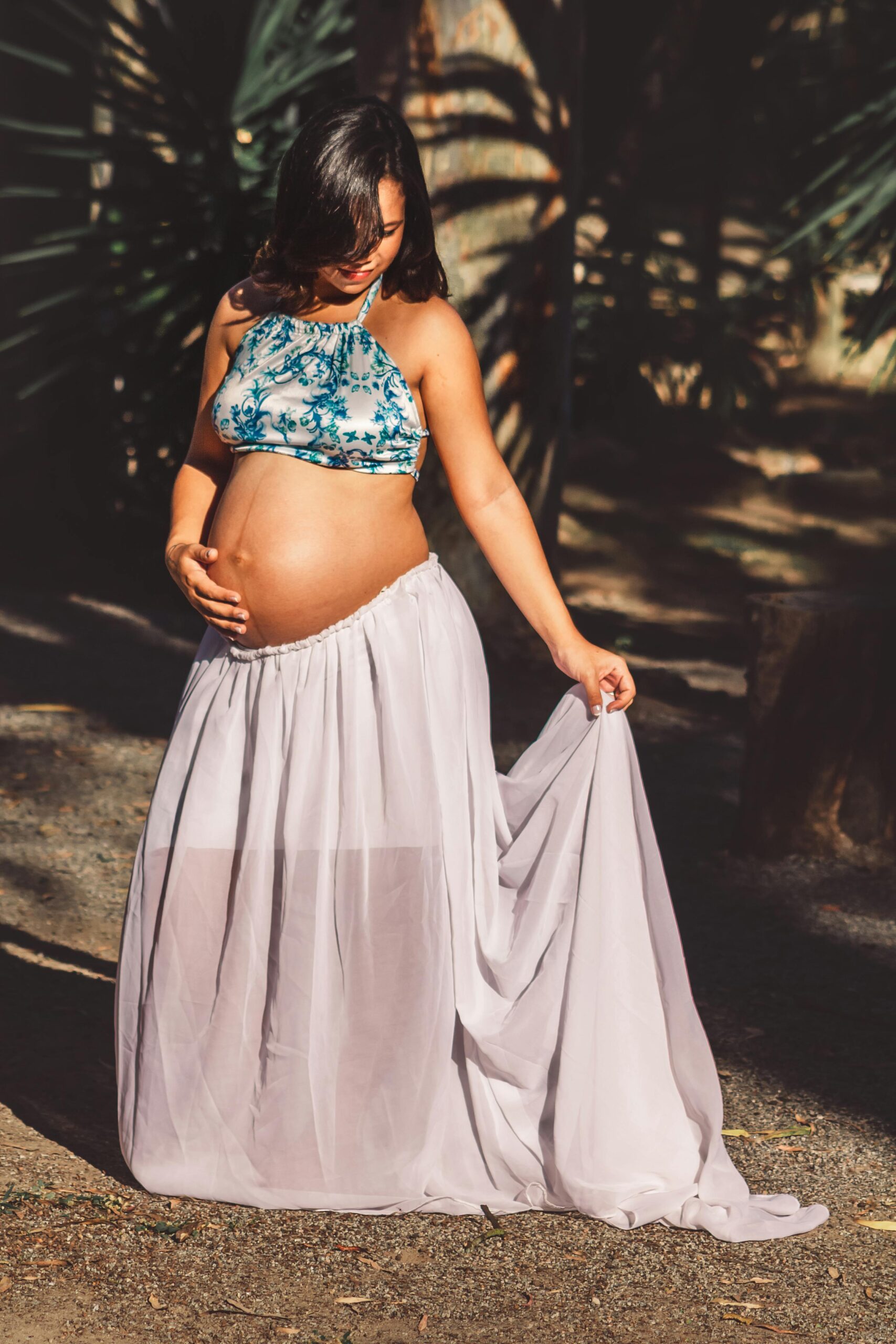Pregnancy comes with a long list of do’s and don’ts, from what you eat to how much you rest. One area that is often overlooked is what you put on your skin. While most cosmetics are safe for the general public, certain ingredients in makeup, skincare, and personal care products can be risky during pregnancy. Learning what is in your cosmetics can help protect both you and your baby.
Why Cosmetics Matter During Pregnancy
Your skin is not an impenetrable barrier. Some ingredients in cosmetics can be absorbed into your bloodstream. While the amounts are usually small, pregnancy can make certain compounds riskier. Hormonal changes can also affect how your body processes these substances, meaning something that was harmless before pregnancy may now require caution.
The American College of Obstetricians and Gynecologists (ACOG) notes that some skincare and cosmetic ingredients, such as retinoids, have been linked to birth defects when taken orally. Even topical forms may carry some risk due to absorption.
Common Ingredients to Watch Out For
Here are a few ingredients that medical and scientific sources often recommend avoiding during pregnancy:
- Retinoids (Vitamin A derivatives) – Found in anti-aging creams and acne treatments. Linked to birth defects in high doses (FDA).
- Salicylic Acid (high concentrations) – Common in acne treatments. Low concentrations are generally considered safe, but high-dose chemical peels should be avoided (Mayo Clinic).
- Formaldehyde and Formaldehyde-Releasing Preservatives – Used in some nail polishes and hair treatments. Linked to potential toxicity and cancer risk (CDC).
- Phthalates – Found in some fragrances. Linked to potential reproductive and developmental concerns (NIH).
- Hydroquinone – A skin-lightening agent with high absorption rates. Not recommended during pregnancy (DermNet NZ).
Why Label Reading Can Be Difficult
Cosmetic ingredient lists can be long and filled with complex chemical names. A single term like “fragrance” can hide dozens of unlisted chemicals. The same ingredient may also appear under multiple names. This makes it challenging to know exactly what you are using. Tools like SafeMom make it easier by allowing you to scan a product and instantly see if it contains any ingredients to avoid.
This is where an ingredient checker can make all the difference. Tools like SafeMom act as a pregnancy-safe ingredient checker, allowing you to scan products and instantly see if they contain any substances that should be avoided.
Tips for a Safer Cosmetic Routine
- Simplify Your Routine – Fewer products reduce the risk of exposure to harmful ingredients.
- Look for “Pregnancy Safe” Claims – Always double-check the ingredient list.
- Ask Your Doctor – Consult your healthcare provider before starting any new cosmetic or skincare product.
- Use Trusted Resources – Rely on reputable medical advice or apps designed to check pregnancy safety.
The Bottom Line
Knowing what is in your cosmetics is an important part of protecting your health and your baby’s development. By learning which ingredients to avoid and how to identify them, you can keep your beauty routine safe during pregnancy.
If you are unsure about a product, let SafeMom help. Scan it, check it, and make your decision with confidence.



Pingback: The 5 Most Common Skincare Mistakes Pregnant Women Make - SafeMom
Pingback: From Lipstick to Lotion: How Pregnancy Changes What’s Safe to Use - SafeMom